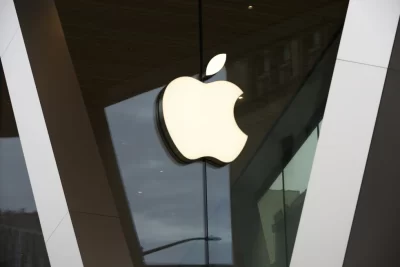
The European Union’s executive commission lowered growth its expectations for this year and next, saying the economy “has lost momentum” as inflation discourages consumers and higher interest rates deter borrowing for purchases and investment.
The outlook was lowered to 0.6% from 0.8% for the 20 countries that use the euro currency, and to 1.2% from 1.3% for next year, the commission said Wednesday in its autumn economic forecast, which revised figures from its previous forecast in September.
And the outlook is exposed to risks of trouble spreading from Russia’s ongoing war against Ukraine and the Israel-Hamas war in Gaza.
So far, the conflict in Gaza has not interfered with oil supplies from Mideast producers such as Saudi Arabia and the United Arab Emirates, and oil prices have fallen recently, while Europe’s underground natural gas storage facilities are full ahead of the winter heating season.
Nevertheless, “the main risk that we see is energy prices,” said Paolo Gentiloni, the EU’s commissioner for economy. “I think we are all aware that if this conflict escalates, if it involves neighboring countries in some way … it could create spillovers on energy prices.”
Gentiloni said at a news conference in Brussels that “growth momentum in the EU remains very weak.” Hopes for a recovery are being sustained by investment and spending from the EU’s pandemic recovery fund, and from a strong labor market, which provided “the main underlying force behind the outlook” for growth, he said.
“Importantly, this forecast foresees wage growth exceeding inflation, finally allowing workers to at least partially recovery purchasing power, Gentiloni said.
The economy has barely grown this year, recording zero increase in the first quarter, 0.2% growth in the third, and a fall of 0.1% in output in the third quarter.
Inflation declined to 2.9% in October from its peak of 10.6% a year earlier as the European Central Bank swiftly raised its key interest rate benchmark from minus 0.5% to 4% in just over a year. Higher interest rates are the typical central bank tool against inflation. But they can also weigh on growth by making credit more expensive for consumer purchases or for business investment in new offices or production facilities.







